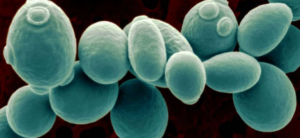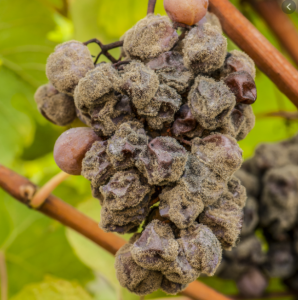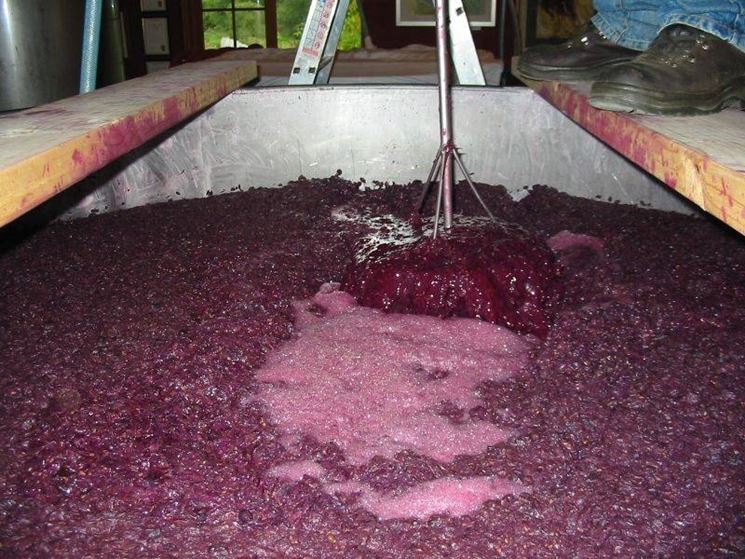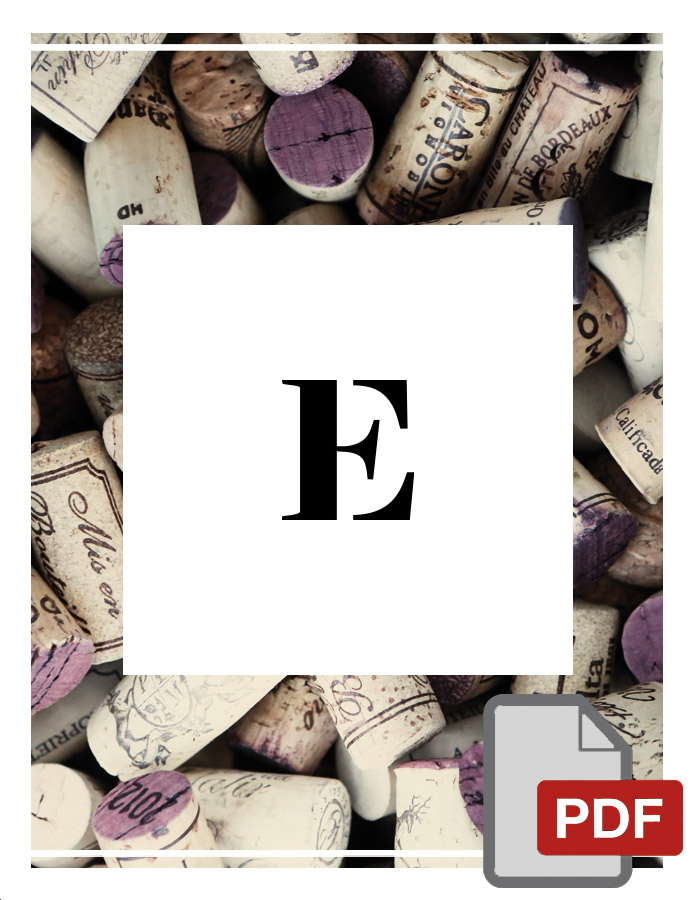Learning about wine
The must and its microorganisms
Hello, it’s Friday again … this week has flown by! Today we continue our chat about must and more precisely we take a look at the microorganisms that populates it. Are you ready to learn more new things?
The microorganisms of the must
The must is populated by yeasts, bacteria and molds which are most often harmful.
 Yeasts
Yeasts
they are single-celled microorganisms and are responsible for the alcoholic fermentation. Yeasts are present both on the skins and on the grape stalks; these are called apiculate yeasts and have the shape of a small lemon; they start fermentation immediately but they do not like sulfur dioxide or ethyl alcohol; when these two components begin to be produced, the fermentation of the apiculate yeasts slows down until it stops almost completely. The yeasts responsible of the transformation of the must into wine are the elliptical yeasts which have a shape similar to an ellipse. The most used are part of the Saccharomyces Cerevisiae family, or commonly called brewer’s yeast. Obviously wine makers don’t use the same yeast used to make bread but selections that adapt to the different types of wine.
I would like to make a small clarification about the indigenous yeasts. Many wineries are using them more and more. But what are these indigenous yeasts? Both, those present in the vineyard and those present in the cellar, the combination of these two types of yeast determine the fermentation and affect the characteristics of the wine.
Bacteria
The bacteria are microorganisms smaller than yeasts; they are generally harmful but can ruin the wine. It must be said, however, that today thanks to all the precautions that are taken in the cellar during the winemaking, they almost never develop. But you must know that there are also some useful bacteria like the lactic bacteria that is used for malolactic fermentation (we will talk about fermentation later, for now take it as it is) which makes the wine softer.
 Molds
Molds
Molds develop in conditions of high humidity and obviously can damage the must; but here too there is an exception which is called Botrytis or gray mold. It is formed in particular climatic conditions and during the winemaking phase it transforms into noble mold and gives life to precious moldy wines.
Well i think it is enough for today. But I can’t leave you without suggesting something to taste. Are you curious about this noble Botrytis mold? Well, then you have to taste the Tokaji Aszú 2007 of the winery Samuel Tinon… A real treat … let me know if you liked it!
See you soon!
ciao





